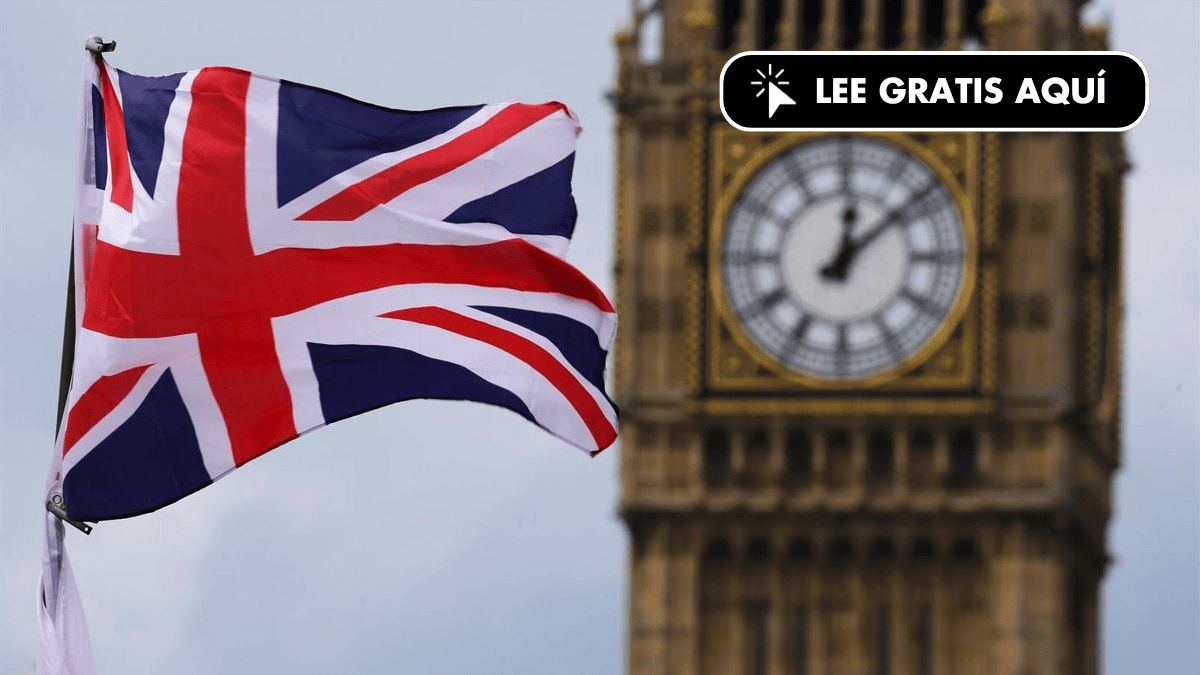At the moment, olfactory marks are not acceptable for registration by the European Union Intellectual Property Office (EUIPO). According to the European Union Trademark Directive, such restrictions are due to the fact that the representation of a trademark must be clear, precise, autonomous, easily accessible, understandable, durable and objective (Article 3(1) EUTMIR), And the current state of technology does not allow this type of brand to be represented in this way. If we add that the Implementing Regulations (EUMR) do not recognize the presentation of a sample or specimen as an adequate representation of a trademark and it is considered that the description of the trademark cannot replace the representation, since the description of the smell or taste is not clear, it will be obvious Those who want to protect smell (or taste) as a hallmark of the European Union will have to wait until technology helps them.
However, we observe that in other offices in Europe – not in the European Union – such marks have been accepted and we cannot help but consider the reasons why this is the case and the extent of the expectations of parties seeking to terminate rights to an item. smell.
Smell marks on arrow feathers
In the UK, as a very similar example to the European Union, it is listed as one scent mark that should reproduce “the smell of bitter beer” and it was recorded on the arrow feathers. By the way, the data is a description of a trademark registered in the register of the British Intellectual Property Office. Given this discrepancy with EUIPO’s held notion of the suitability of descriptions to replace representations, we inevitably consulted aroma experts to confirm or deny the possibility of representing odors through descriptions such as those that concern us.
Although we have not conducted a comprehensive survey, the experts above agree that, Since the composition of beer is based on malt, hops and yeast, depending on the proportions of each, its aroma will be determined by some component or another.. Malt aromas, for example, have notes of cereal, banana, nuts, caramel, coffee, or licorice. Hops provide citrus, tropical fruit, floral, spicy, and herbal touches. Then, note the extent to which a description can be attached to the characteristics of a particular odor in an effort to enable anyone receiving the information to identify it. In any case, it seems clear that describing a scent by mentioning the product that usually emits it (does not have to be the only one, keep in mind) This doesn’t seem like the right assignment.. Therefore, we understand that the criteria adopted by organizations such as the UK Intellectual Property Office mentioned above refer to a margins too wide of the protection it is intended to provide to the applicant
If we add to this the small number of registrations of this type that we have been able to verify and have processed, not only in the UK, but in other European countries, it becomes clear that Waiting for technological advances that allow reliable representation of olfactory signatures is a quite reasonable alternative.And. We’ll see if the passage of time makes us right or wrong.

“Entrepreneur. Internet fanatic. Certified zombie scholar. Friendly troublemaker. Bacon expert.”



:quality(70)/cloudfront-us-east-1.images.arcpublishing.com/elfinanciero/ZTJV57HVVJGODLL3YBCDPNWTAQ.jpg)



